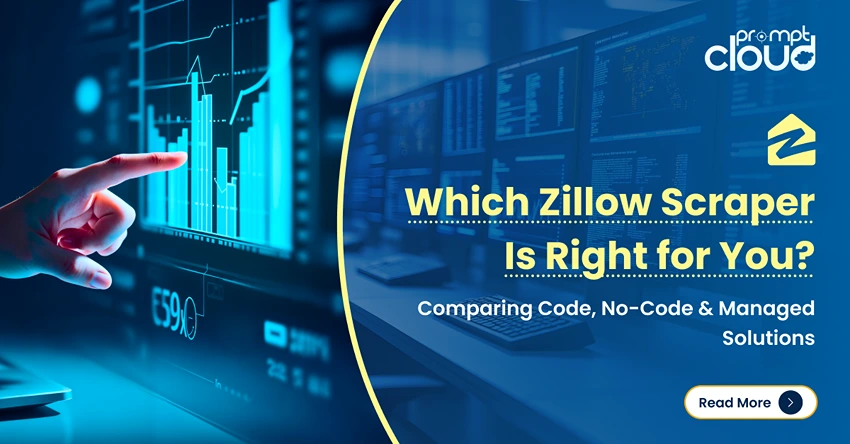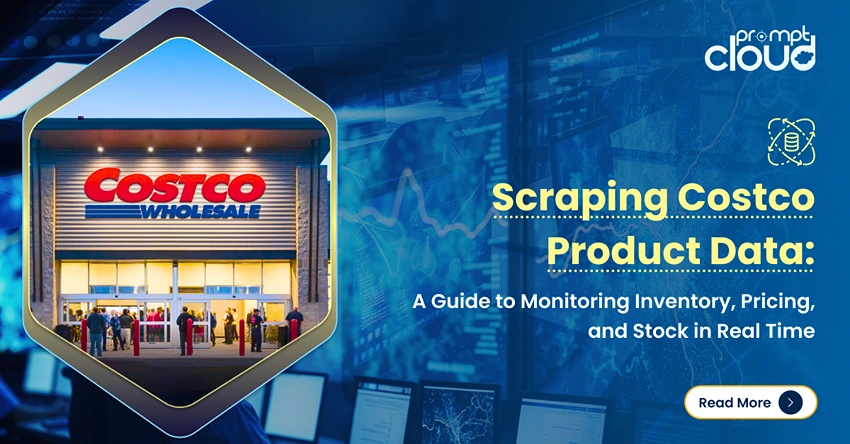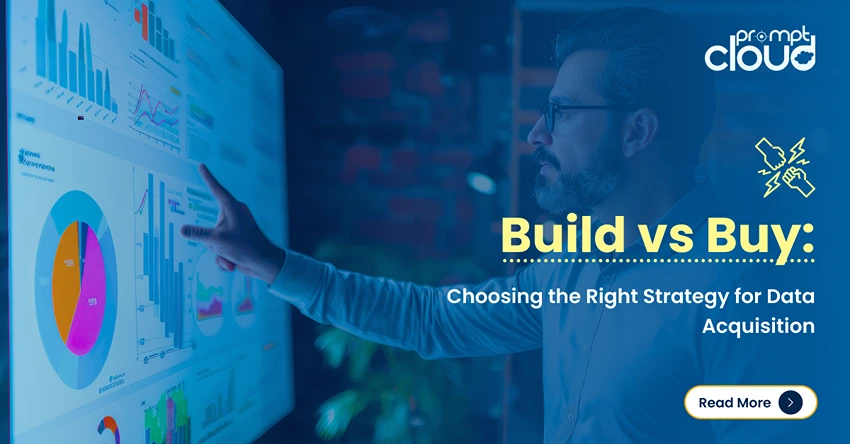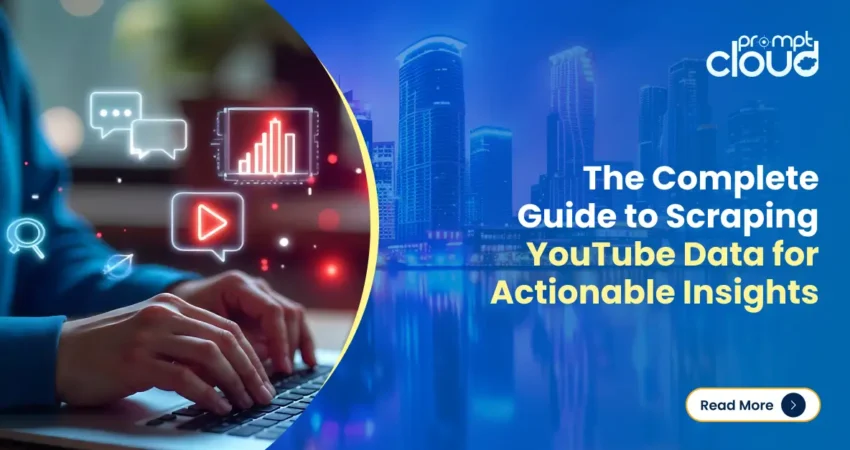
In today’s digital-first world, video content reigns supreme. Among the plethora of platforms available, YouTube remains an unparalleled treasure trove of user-generated content, marketing opportunities, and actionable insights. From creators looking to refine their strategies to businesses eager to decode audience preferences, extracting structured data from YouTube can unlock immense potential. This guide dives deep into the hows and whys of using a YouTube scraper to harvest data and derive actionable insights.
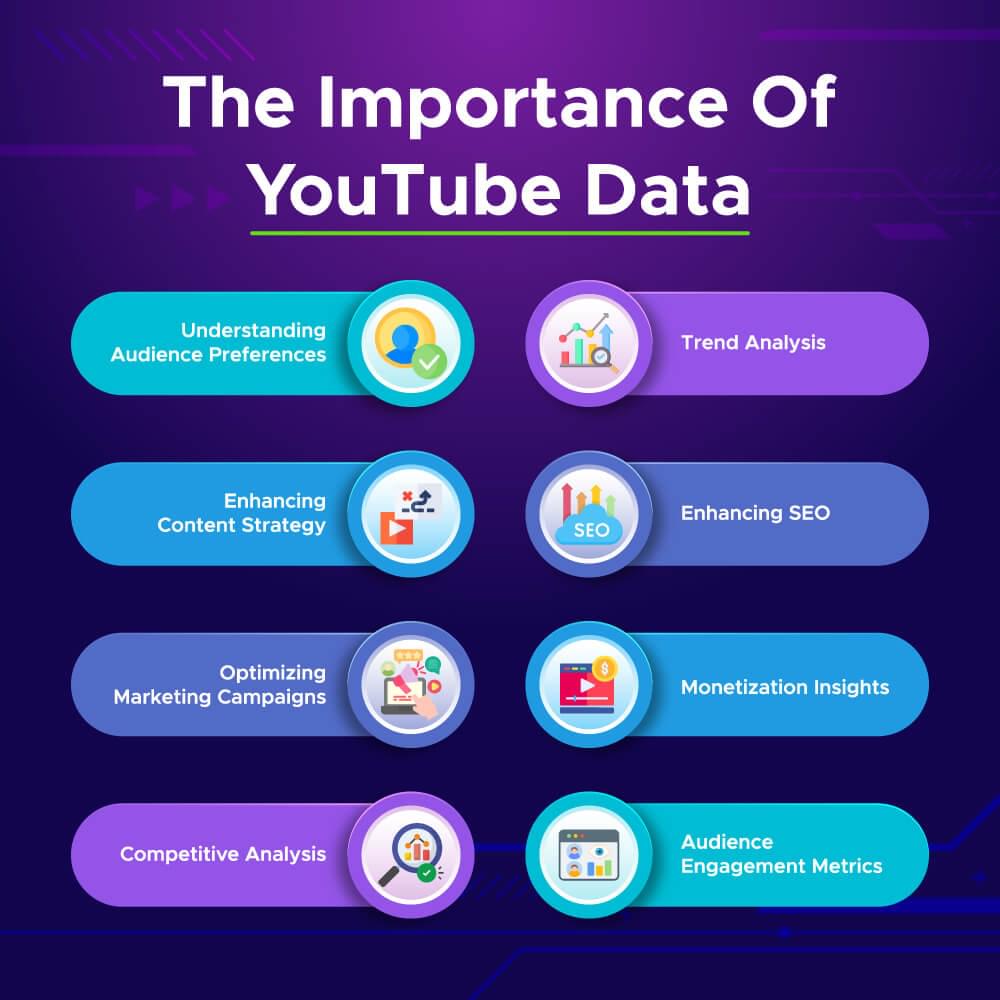
Source: crawlbase
Why Scrape YouTube Data?
YouTube houses over 2 billion logged-in monthly users and hosts billions of videos across countless niches, from entertainment and education to technology and health. Within this vast ecosystem lies an abundance of valuable data, including video views, likes, comments, keywords, and audience demographics. The ability to analyze this data can provide critical insights for brands, content creators, and marketers, offering them a significant competitive edge.
Let’s take a closer look at the key advantages of scraping YouTube data, with specific examples:
1. Market Research
YouTube is a goldmine for understanding emerging trends, monitoring audience behavior, and evaluating competitor performance.
Example: A brand in the fashion industry can scrape YouTube data to track popular fashion-related keywords and trending styles in video content. By identifying videos with the highest engagement, the brand can quickly adapt its product offerings to match consumer interests, such as introducing new clothing lines that reflect current video trends.
2. Content Strategy
Content creators can evaluate the performance of top-performing videos, identifying which elements resonate most with their target audience. By scraping data such as views, comments, and engagement metrics, creators can fine-tune their content strategy to attract and retain viewers.
Example: A YouTube creator in the gaming niche might scrape data from popular gaming videos to identify patterns in video titles, thumbnails, and descriptions that generate the highest views. Using this information, they could optimize their future uploads, adopting strategies like using certain keywords or specific video formats that have proven successful.
3. Influencer Collaboration
Marketers are increasingly relying on YouTube influencers to reach broader audiences. By scraping YouTube data, they can identify potential influencers who align with their brand values and have high engagement rates.
Example: A skincare brand could scrape data to identify YouTube influencers who have a strong following in the beauty and wellness community. The data would reveal influencers’ audience demographics, engagement rates, and the types of content they post, enabling the brand to select the most suitable partners for their campaigns.
4. Sentiment Analysis
Comments, likes, and dislikes provide a direct window into the public’s opinion of a product, service, or trend. Analyzing this data can reveal how audiences feel about certain topics or products.
Example: A tech company releasing a new smartphone could scrape comments on videos reviewing their product. By analyzing sentiment – positive, neutral, or negative – companies can gauge public reaction and make adjustments to their marketing or product features based on the feedback. For instance, if a significant portion of comments points to dissatisfaction with the phone’s battery life, the company can address this concern in future marketing or updates.
5. Competitor Performance
By scraping data from competitor channels, businesses can gain insights into what’s working for them and identify gaps in their own strategy.
Example: A digital marketing agency might scrape YouTube data from competitors’ tutorial videos to assess their most successful topics, video lengths, and engagement levels. This information can help the agency refine its own video content, ensuring it resonates with the same audience and stands out in a crowded market.
What Is a YouTube Scraper?
A YouTube scraper is a tool or software designed to automate the extraction of publicly available information from YouTube. It can collect data such as:
- Video titles, descriptions, and tags
- Channel names and subscriber counts
- Comments and sentiment indicators
- Engagement metrics like views, likes, and dislikes
- Metadata such as upload dates and video durations
While YouTube provides its API for accessing structured data, limitations such as rate caps and data constraints often lead users to opt for scrapers instead.
How to Use a YouTube Scraper Effectively
1. Define Your Objectives
Before diving into scraping, it’s essential to know what you want to achieve. For instance, if you’re a marketer launching a new product, you might scrape competitor videos to analyze their engagement strategies. On the other hand, a content creator might look for trending topics within their niche.
2. Choose the Right Tool
There are several YouTube scrapers available, each catering to different needs. Popular choices include Python-based libraries like BeautifulSoup and Selenium for developers, as well as no-code tools like Octoparse and WebHarvy for non-technical users. Paid platforms such as Bright Data or ScraperAPI also offer robust scraping capabilities.
For example, a small e-commerce business analyzing customer sentiment might find a no-code tool sufficient, while a large agency monitoring competitor trends might invest in advanced API-driven scrapers.
3. Focus on Specific Metrics
The versatility of YouTube scrapers allows you to customize your data extraction process. Let’s say you’re analyzing a competitor’s channel. Scrape data like video upload frequency, average views, and audience sentiment (from comments) to craft your strategy.
Ethical Considerations When Using YouTube Scrapers
While scraping publicly available data is generally legal, it’s essential to adhere to ethical guidelines:
- Avoid Personal Information: Do not scrape private data like user IDs or email addresses.
- Respect Platform Policies: YouTube’s terms of service prohibit certain scraping activities. Always use scraping responsibly.
- Rate Limiting: Excessive requests can disrupt YouTube’s servers. Implement rate limits to avoid being blocked.
- Transparency: If you’re using scraped data for commercial purposes, disclose this usage to stakeholders and audiences where relevant.
Beyond Web Scraping: Turning Raw Data into Actionable Insights
1. Data Cleaning
Raw scraped data often contains inconsistencies like duplicate entries or irrelevant fields. Use tools like Pandas (for Python users) or Excel to clean and organize your dataset.
2. Visualization
Transform numerical data into visual insights using software like Tableau, Power BI, or Python’s Matplotlib and Seaborn libraries. For instance, a line graph showing competitor’s video performance over time can reveal seasonal trends.
3. Predictive Analytics
For advanced users, machine learning models can predict future trends. For example, by analyzing historical engagement data, you can forecast which topics will likely trend in the coming months.
Conclusion
Using a YouTube scraper isn’t just about gathering data—it’s about transforming that data into actionable insights. Whether you’re a creator aiming to optimize your content, a brand monitoring market trends, or a researcher analyzing audience behavior, YouTube scraping opens the door to limitless possibilities.However, with great power comes great responsibility. Always scrape ethically, respect YouTube’s terms of service, and focus on deriving value from the data you collect. As video content continues to dominate, harnessing the potential of YouTube data will ensure you stay ahead of the curve. For custom web scraping solutions, get in touch with us at sales@promptcloud.com












